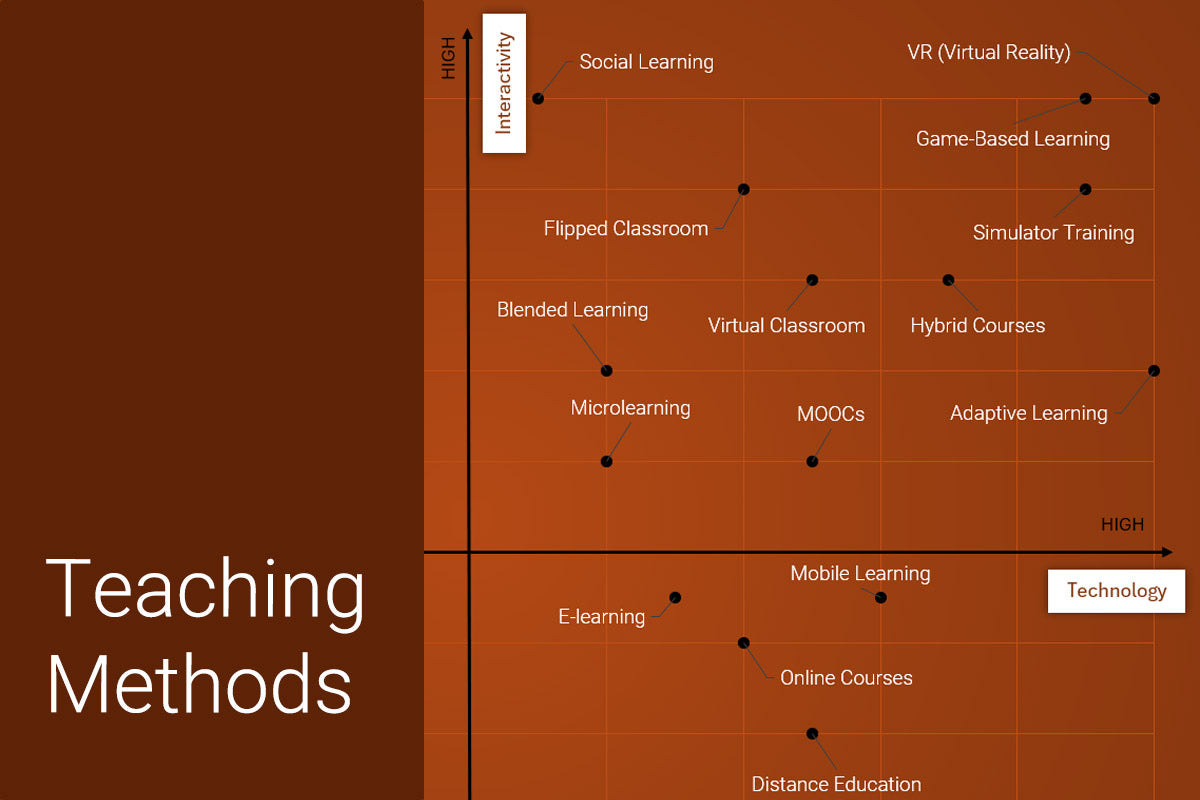It is well known that learning names is difficult. It is also well known that people are impressed when they see that you remembered their names. When running a course, you should certainly take steps to learn your delegates’ names and also help them to learn each other’s names. The bonding breaks the ice ad helps them share the learning journey together.
Here is a question then: is there a good method you can use to facilitate learning of names? We are looking for a technique that helps people retain the names for a long time to come.
As you will see, this quest is not just about learning names; we are also after insights on how people learn and how we can make learning easier. Name learning is just an excuse—a tool that helps us understand learning better.
So, let’s get started with the traditional methods.
Name Learning Method 1:
One common method is that you simply ask people to introduce themselves. As they hear the names, you expect them to memorise it with whatever method they use to do this.
Let’s call this the lazy approach. Why lazy you ask: as a trainer, you are not doing anything to make learning names easier and instead you are shifting the learning task to delegates. This is lazy on your part.
Name Learning Method 2:
Another traditional way is to pair delegates and get each person to chat with their partner and learn about each other. They are typically asked to learn each other’s names and also learn something extra, such as a hobby. You then bring everyone back together and ask each person to introduce their partner to the class.
Let’s call this the pairwise approach. This is the method that is often advocated and as you will see it does not lead to superior results.
Name Learning Method 3:
In a typical training class or tutorial, delegates sit in a semi-circle formation or the U-configuration. Start from one end and ask delegates to state their names. You will then write the name and surname on the board. Wipe it off and move on to the next person (or optionally keep all the names on the board as you add one after the other).
Let’s call this the board approach. This relies on repetition made by the tutor. It is also symbolic of a trainer’s approach of repeating something over and over again hoping that delegates learn.
Name Learning Method 4:
Similar to the board approach, you can write the name of the first person on the board, ask for the next person’s name and write it and then read the first and the second names. Move to the third person, write the third name on the board, and then read all three names. Continue until all names are stated.
Let’s call this the repetition approach. Here, you as the tutor, are constantly repeating the names for your learners.
Name Learning Method 5:
In a semi-circle format, start from one end and ask the first delegate to state their name. Ask the next person to state the name of the first person followed by stating their own name. Move to the next person and expect them to recall the first and the second person’s names followed by stating their own name. Halfway through, tell the first person that you expect them to state all names at the end. This is to keep the person fully engaged. Continue until all delegates have shared their names as well as asking the first person to state all the names one last time. If someone cannot recall successfully, ask other delegates to help and contribute.
Let’s call this the name game approach. The crucial difference between this approach and the repetition approach is that, here, participants are encouraged to repeatedly retrieve the names from memory while in the repetition approach, they are just passively exposed to them via the tutor.
Which One Is the Superior Method?
Having seen the five methods, here is the question: Which one leads to better results where delegates remember the names for a long time. You can imagine that the unstructured lazy approach won’t get you far. The second worst method is the board approach. What about the other three? How do they compare?
In a study carried out by Peter Morris and Catherine Fritz, they examined this question through an elaborate research (Morris and Fritz 2000). What they found was quote interesting.
They carried out experiments subjecting about 260 students to the task of learning names in small seminar sessions with an average size of nine students. After explaining the naming procedure and going through it, the tutor (and the experimenters) tested the students at 30 minutes later, 2 weeks later and 11 months later. They wanted to know how the name game approach compared to the pairwise approach. In addition, they also used the repetition approach as a control experiment for repetition. They wanted to know how repetition and retrieval compared.
As part of the study, they also carried out an elaborate version of their experiments to compare with other experiments. The aim was to see if association can help with memory. In the elaborate version, other than their names, delegates had to share something about themselves too—for example, they could reveal they were into swimming. The image of a swimmer could then be associated with the name of the person. Was this influential in remembering names, say 11 months later?
Here is what they found. After 30 minutes, with the name game, about 75% of students could recall all names successfully. With the pairwise approach, this was 20%. Hence, the name game was superior. After two weeks, the name game recall dropped to 40% and after 11 months to about 30%.
How about the hobbies and associations? They found that with the name game, there wasn’t much difference between the experiments where students only shared their names and the ones where they shared something about themselves in addition to their names.
And how about repetition? The researchers’ experiments showed that the recall rate was half of that of the name game after 30 minutes (65% of students recalled all names successfully versus 30% for the repetition approach). After two weeks, the recall rate of all names for the name game dropped to 30% while for the repetition approach dropped to less than 10%.

Conclusion
This fascinating study sheds light on several areas which is useful both for learning names and facilitating memorisation when training people:
Use the name game
- The first direct result of the research is that if you want your delegates to learn each other’s names, use the naming game. It is the most superior method in this study. It is also fun to conduct and different from what learners might be used to. It also acts as an icebreaker so there is a bonus.
Repetition is not enough for learning
- Active retrieval makes a significant difference in learning, and long-term memorisation. You can use the same name game pattern to get the delegates memorise anything; it doesn’t have to be just their names. Suppose you want your learners to remember the 10 steps of a procedure. Treat each step like a name and get them to practice it using the name game approach; the first person says the first step, the second person says both the first and the second steps, and so on. If they fail, ask others to suggest the correct answer. This style of memorisation is ideal to carry out during the recap phase of a session.
Focus on repetition and retrieval for learning
- Adding an extra data for association (such as a hobby), doesn’t necessarily help memorisation in comparison with encouraging delegates to repeat and retrieve the core data. This confirms our own observation when teaching. It is an error to keep connecting some data with another hoping that the combination is easier to remember. Instead, it might be better if you just focus on repetition and retrieval of target data that you want them to learn. Note, that associating some concept with another is certainly instrumental in learning in comparison with not doing it. The point here is that, focusing on repetition and retrieval is even more superior.
The name game uses a concept known as ‘expanding retrieval practice’
- It was shown by Landauer and Bjork (1978) that an expanding schedule of retrieval was best when learning names. In the name game, each time a retrieval was requested, it was scheduled to take place later than the last period. It basically follows the concept of spaced repetition when each repetition takes place a bit later. In the name game, each person must state the first few names first and the list of names gets longer and longer which automatically leads to the concept of expanded schedule of retrieval.
When it comes to teaching any subject, always be aware of the concept of spaced repetition and the expanded schedule of interval. Take steps to design your training and delivery based on these concepts. You will gain much from them.
References:
Landauer, T. K., & Bjork, R. A. (1978) “Optimum rehearsal patterns and name learning”, In M. M. Gruneberg, P. E. Morris, & R. N. Sykes (Eds.), Practical aspects of memory (pp. 625-632). London: Academic Press
Morris, P.E., Fritz, C.O. (2000) “The name game: Using retrieval practice to improve the learning of names”, Journal of Experimental Psychology: Applied, Volume 6, Issue 2, P 124.

About the Author
Dr Ethan Honary is the founder of Skills Converged Ltd. A training consultant, researcher, author and designer with an aim to help trainers worldwide to improve training delivery and course design.
Course Design Strategy
Available as paperback and ebook
Online Train the Trainer Course:
Core Skills
Learn How to Become the Best Trainer in Your Field
Train The Trainer Book
Available as paperback and ebook
Explore Topics
Longform Train the Trainer Guides
All In-Depth Articles
CPD Accredited
Online Train the Trainer Course: Core Skills
Learn How to Become the Best Trainer in Your Field
Full Course Details
How to Reference This Article
Honary, E. (2019) "How to Memorise Delegates Names", Skills Converged. Retrieved from: https://www.skillsconverged.com/blogs/train-the-trainer/how-to-memorise-delegates-names














Leave a comment
All comments are moderated before being published.
This site is protected by reCAPTCHA and the Google Privacy Policy and Terms of Service apply.